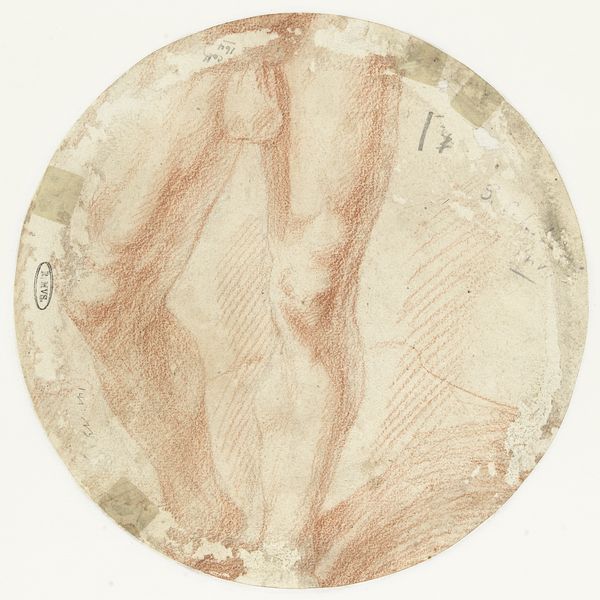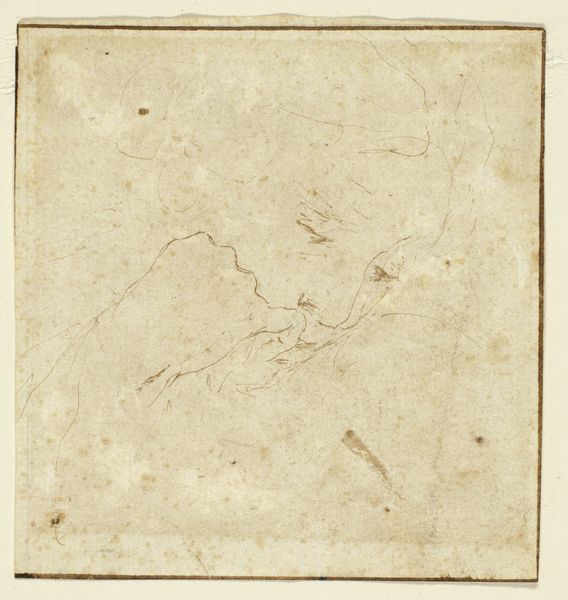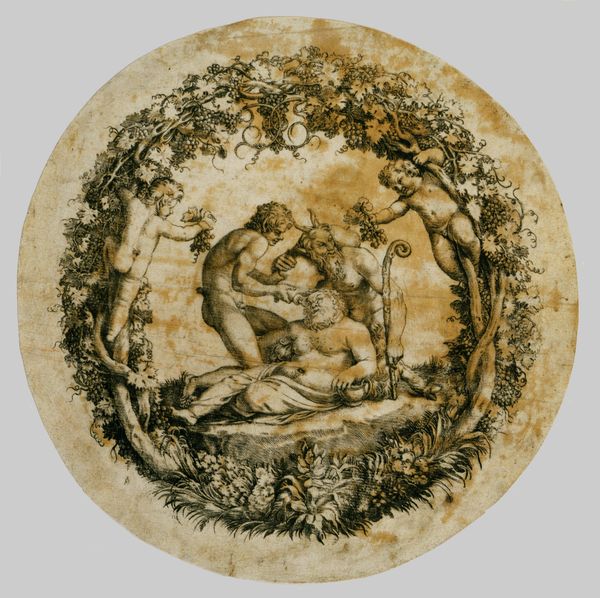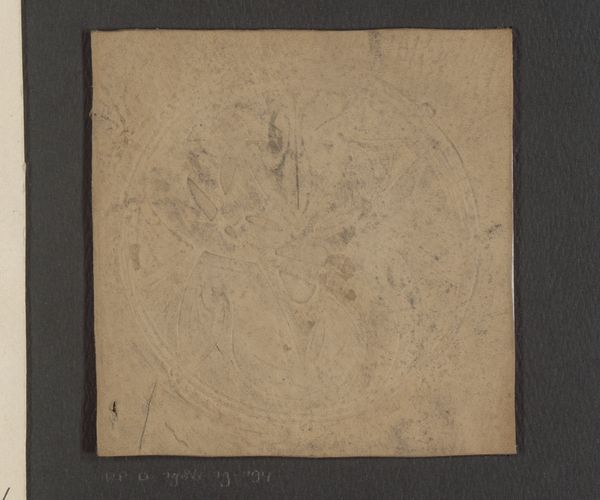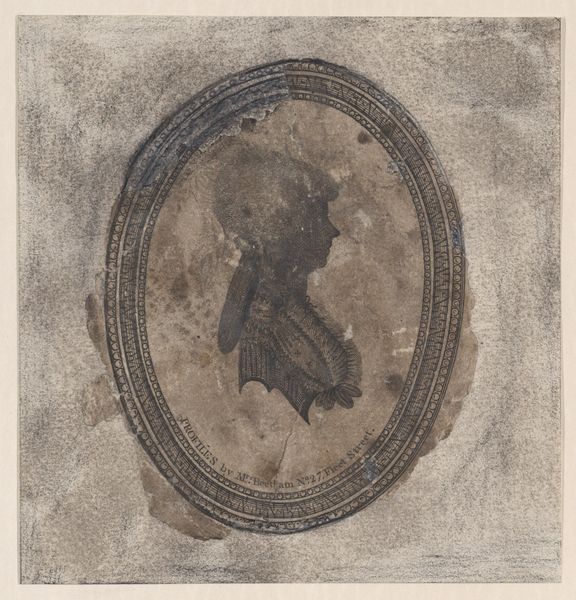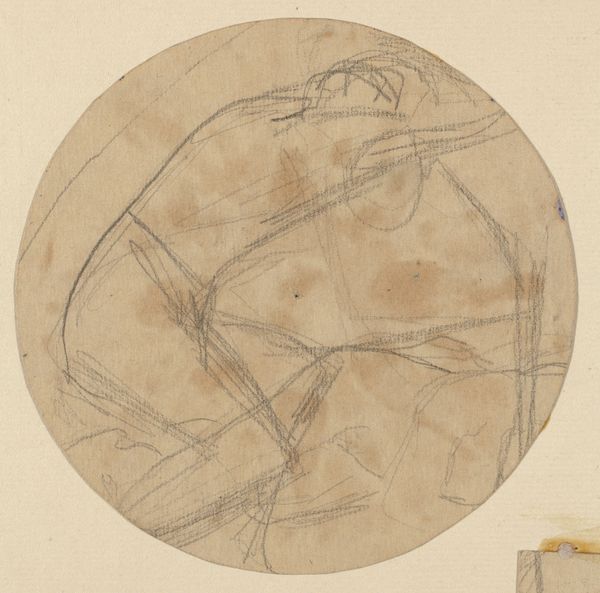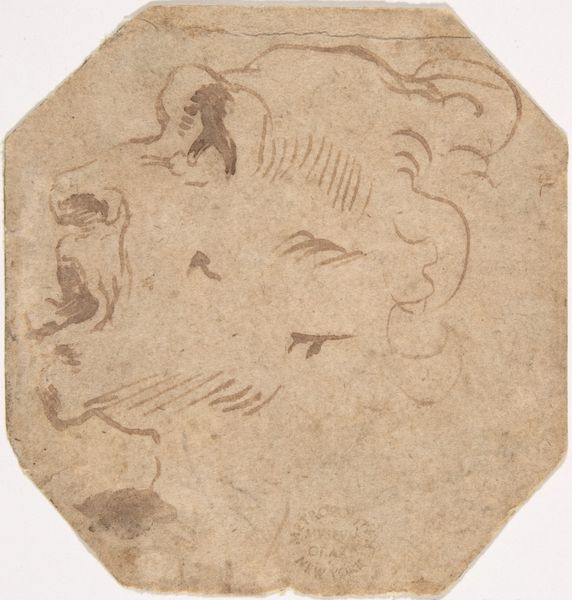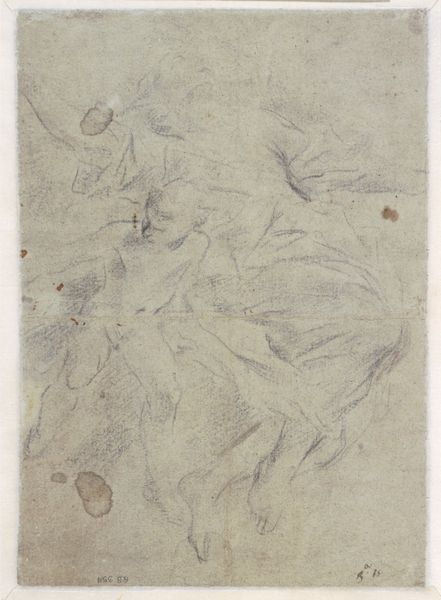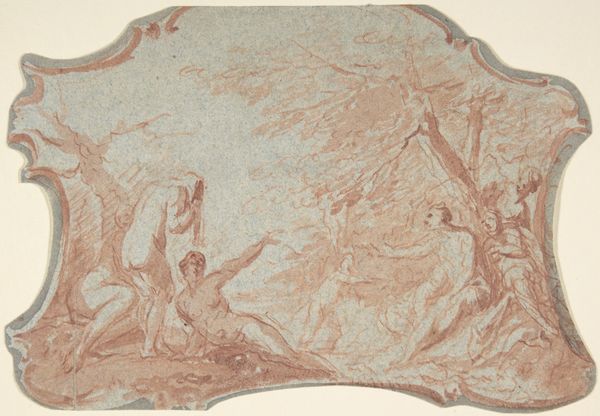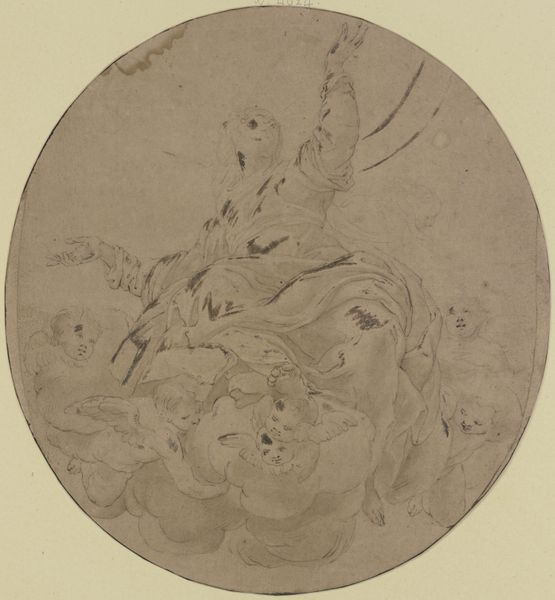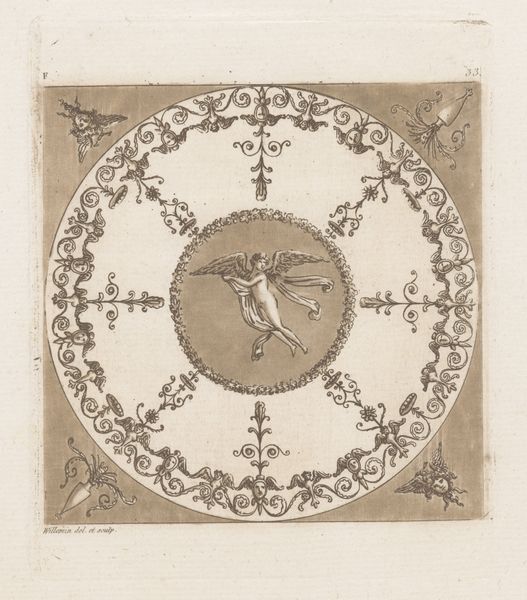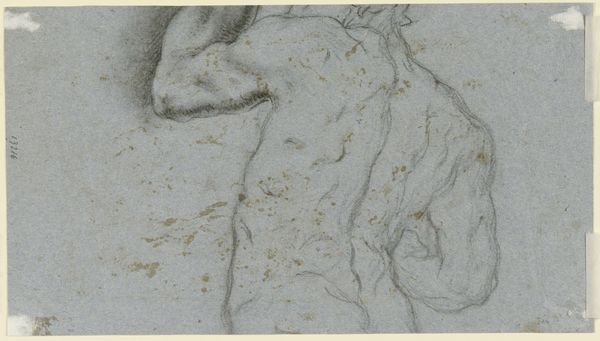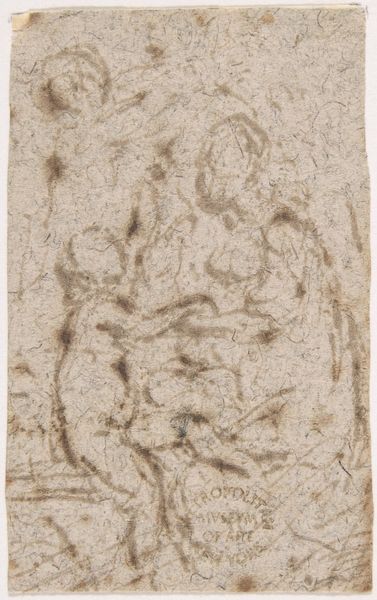
drawing, print, paper, pencil, chalk
#
portrait
#
drawing
# print
#
caricature
#
mannerism
#
paper
#
pencil drawing
#
pencil
#
chalk
Dimensions: 171 × 171 mm
Copyright: Public Domain
Curator: At first glance, this image presents a face contorted, almost grotesque, within the confines of a tondo. Editor: Indeed. What we have here is an untitled caricature drawing by Salvator Rosa, an artist active in 17th-century Italy, and part of the collection at the Art Institute of Chicago. It's rendered in chalk and pencil on paper. Curator: The choice of materials is telling, don’t you think? Chalk and pencil lend themselves to immediacy and accessibility. Rosa wasn't commissioning marble; he was working with easily obtained and relatively inexpensive materials, expanding the artistic possibilities available to the general public. Editor: Exactly. And what about the socio-political undertones? Rosa lived during a period of intense social upheaval. These caricatures allowed him to comment, often satirically, on prominent figures and societal norms, creating a public forum for critique, influencing opinions and reflecting the mood of his time. Curator: Yes, that performative aspect of critique is potent. Also, consider the craft itself. Look at the line work: It’s not just about skilled execution. It is about emphasizing specific features to elicit a particular emotional or intellectual response. It requires both technical mastery and a deep understanding of the viewer’s perspective. Editor: The scale, though small, almost becomes confrontational. This isn't grand history painting meant for royal display. It feels far more democratic, readily available to those who were interested in satire, particularly when considering its possible dissemination as a print. Curator: Agreed. These prints would have offered accessible copies, reaching a broader audience and perhaps facilitating a conversation, further democratizing art making and viewing. The materials aided dissemination; the subject stimulated interaction. Editor: Seeing this through both lenses enhances our understanding of Rosa's artistry and its place in history. It wasn't just about skill; it was also about how his practice fit into broader political conversations and material realities of artistic expression. Curator: Absolutely. These aren't just exaggerated facial features, they reflect the tensions between an artist's work, artistic tools and broader sociopolitical environments that affected audiences, workshops, and patrons alike.
Comments
No comments
Be the first to comment and join the conversation on the ultimate creative platform.
